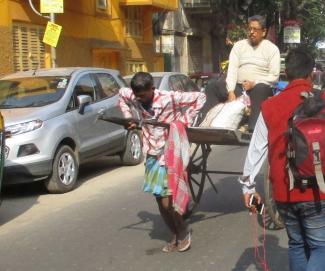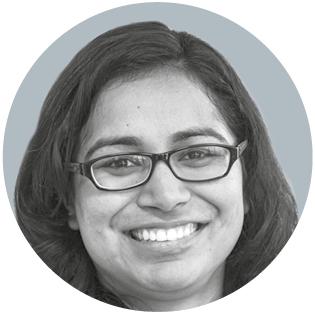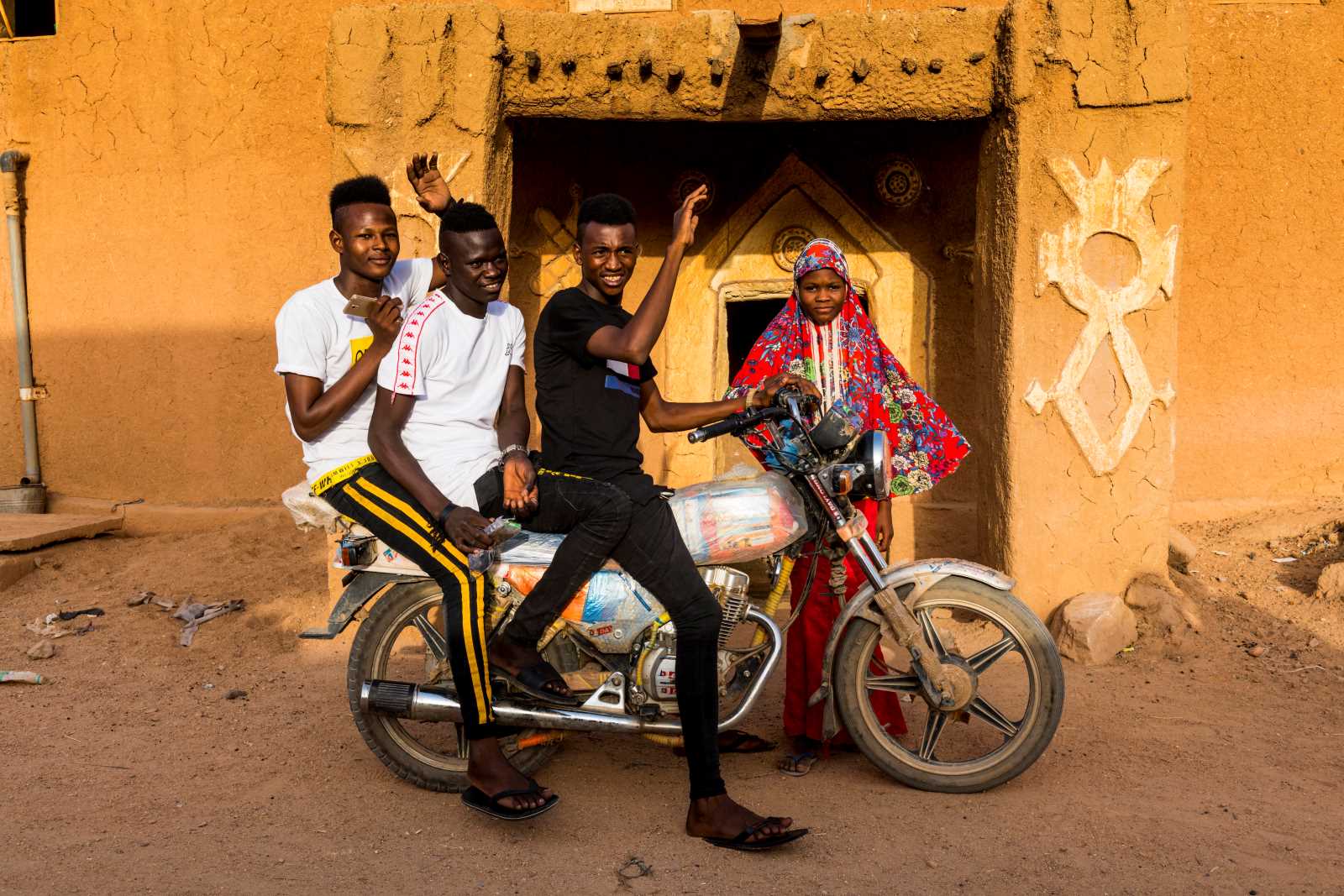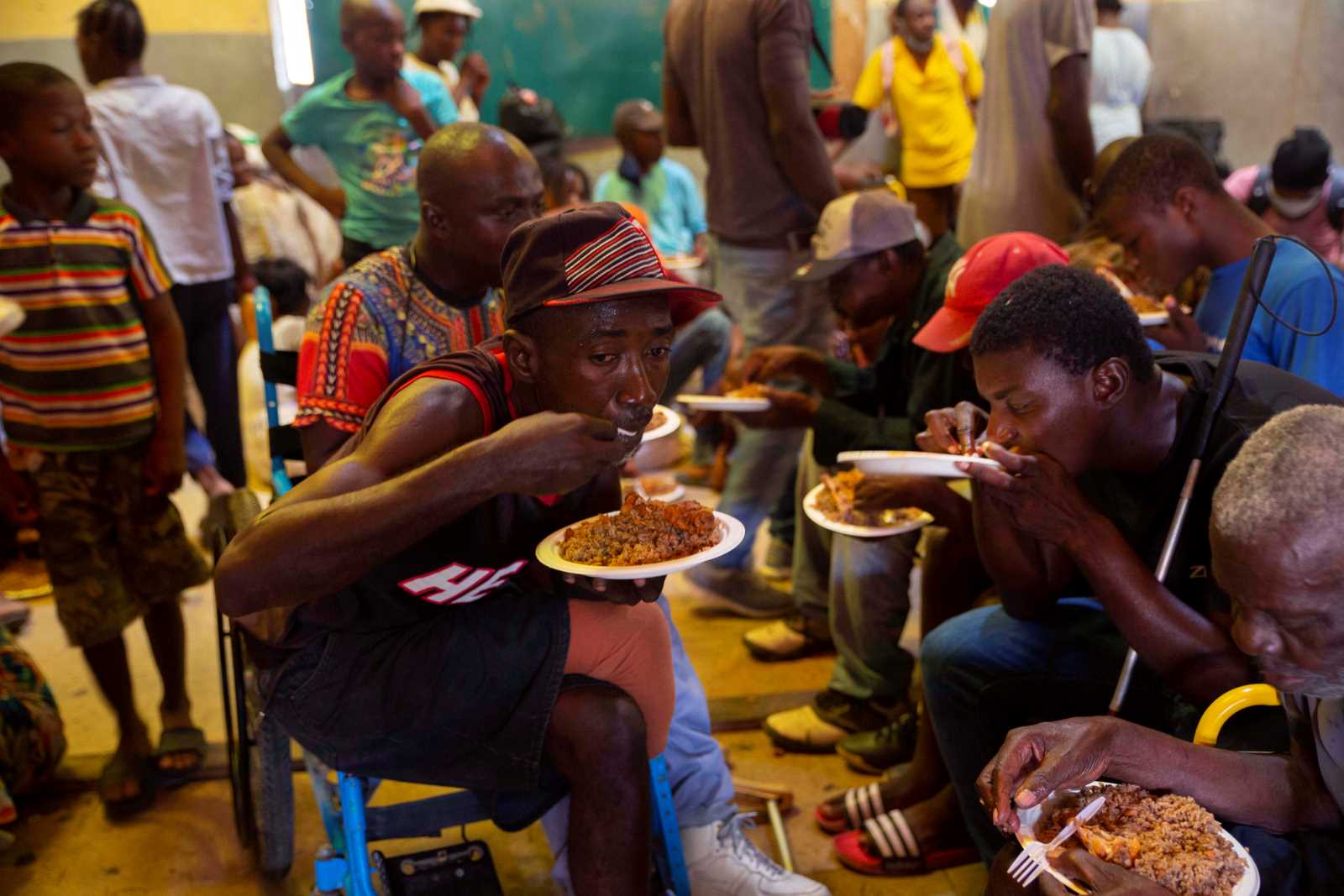Social cohesion
Good progress with further room for improvement

As of May 2018, India is no longer home to the highest number of extremely poor people in the world. This is a distinction that no country wants, but one that has rested uneasily on India’s shoulders for some decades now, not the least because of its huge population of 1.3 billion people.
According to the Brookings Institution, Nigeria had about 87 million people in extreme poverty, compared with India’s 73 million. Moreover, the researchers added, “extreme poverty in Nigeria is growing by six people every minute, while poverty in India continues to fall”.
The assessment was based on data provided by international organisations. The World Bank defines persons as extremely poor if they live on less than the purchasing power of $ 1.90 a day.
Domestic assessments are pointing in the same direction. The Indian National Sample Survey Organisation’s most recent data are yet to be published, but economist Surjit Bhalla, who gives advice to the Indian government, has already pointed out that the share of extremely poor people has dropped from about 21 % in 2011/12 to a mere five percent in 2017/18.
The data look good, but many experts doubt this is really the time to celebrate. The reason is that other important development indicators paint a rather dismal picture. Amartya Sen, the economist who won the Nobel Prize in 1998, has pointed out that India trails all its neighbours (with the exception of Pakistan) on several socio-economic parameters, especially in regard to health and education.
Per-capita incomes are lower in Bangladesh (about $ 1,550) and Nepal (about $ 840) than in India (about $ 1,949). Nonetheless, both countries have lower under-5 mortality rates. In India, 39 children died per 1,000 live births in 2017 according to UNICEF. The comparative figures were 32 in Bangladesh and 34 in Nepal.
Signs of rural distress further mark the picture of a prospering nation. Suicide rates, which are linked to over-indebtedness, are intolerably high among farmers.
Defining poverty is tricky and has always been a topic of heated debate in India. Citizens tend to consider government success in terms of progress made in the fight against poverty.
In the quest for a precise measure of poverty, India has moved from just considering the money needed for the stipulated minimum calorie intake to a multi-dimensional approach. In 2009, the Tendulkar Commission overhauled the poverty estimation methodology (see D+C/E+Z 2010/12, p. 464). Apart from food, issues like clothing, footwear, durable consumer goods, education and health have since been taken into account. The new methodologyshowed that poverty was worse than previously estimated.
Recently, the World Bank introduced another international monetary definition of poverty for lower middle-income countries. The new benchmark is a purchasing power of $ 3.20 per person and day. By this measure, Bhalla estimates that a third of India’s population is poor. Maybe it is time for India to reconsider once more how its poverty measurements compare to the World Bank’s yardstick.
The other side of this issue is inequality. Credit Suisse, the multinational bank, reckons that the richest one percent of Indians own 58.4 % of the nation’s wealth. By contrast, the bottom 70 % together own a mere seven percent. That ratio has actually been cut in half in eight years. It was 13.9 % in 2010.
The big picture is thus that millions of people have been able to escape extreme poverty, but are still far from living prosperous lives. At the same time, the very rich have been able to expand their wealth fast.
Economic liberalisation became India’s paradigm in 1991, in the course of a financial crisis (see D+C/E+Z e-Paper 2018/08, p. 27). It accelerated economic growth but exacerbated social disparities. Satellite photographs, which have been used to study inequality in India, support this notion. Economists contend that the growth strategy has led to a sharp increase in inequality. They warn that countries that start their development with high inequality normally find it much harder to correct it later.
Extreme poverty is set to be eliminated in India, eventually. That is good news, indeed, but lots more must surely be done.
Roli Mahajan is a freelance journalist based in Delhi.
roli.mahajan@gmail.com














